Learning Activities
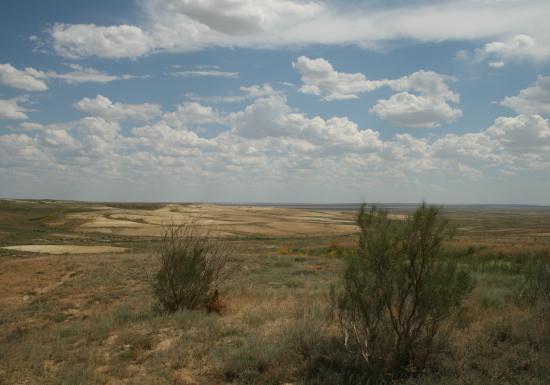
This activity enables students to understand the importance of ecological services the natural environment provides and the need to preserve it.
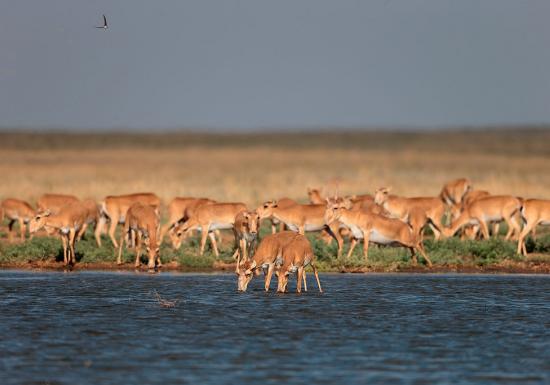
This activity brings together different elements of the curriculum to produce an information leaflet.
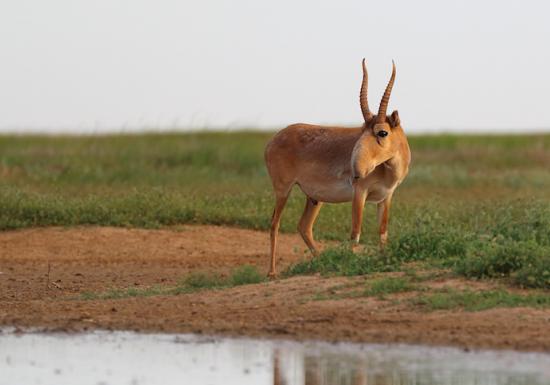
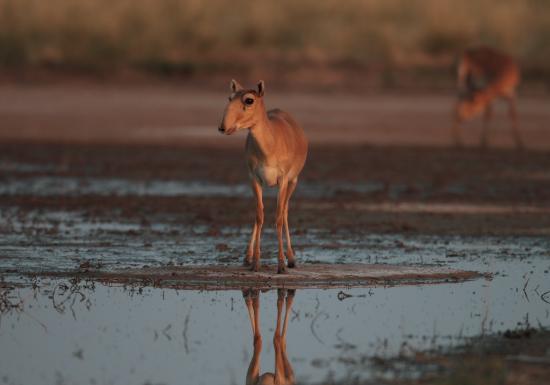
This game demonstrates the importance of wetlands and the need for their conservation.

This activity enables students to understand the importance of ecological services the natural environment provides and the need to preserve it.

This game demonstrates the greenhouse effect by showing how carbon dioxide in the atmosphere traps some of the sun's heat, insulates the Earth and allows life to survive.

This activity will show you where in the world our clothes, food and other things come from.
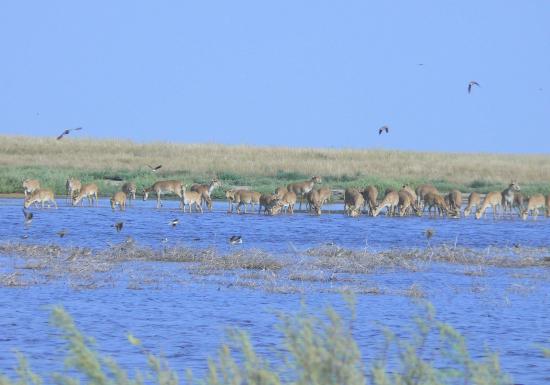
This exercise introduces different value systems and ecosystem services.
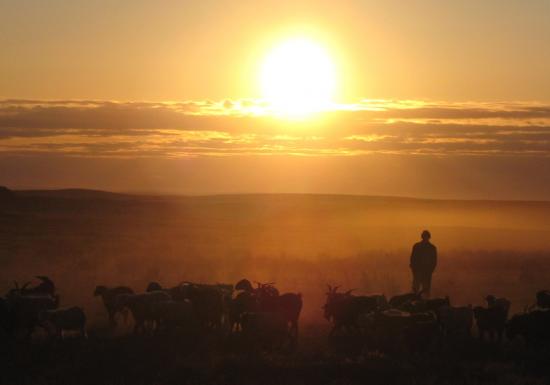
This exercise challenges students to learn about historic changes in their own communities by asking older community members about changes within their lifetime and them mapping the results.
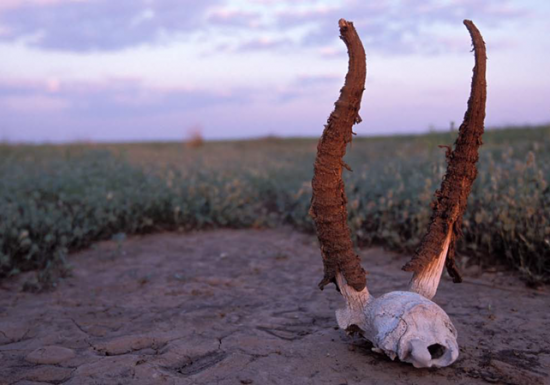
An activity to get children thinking about environmental legislation.
